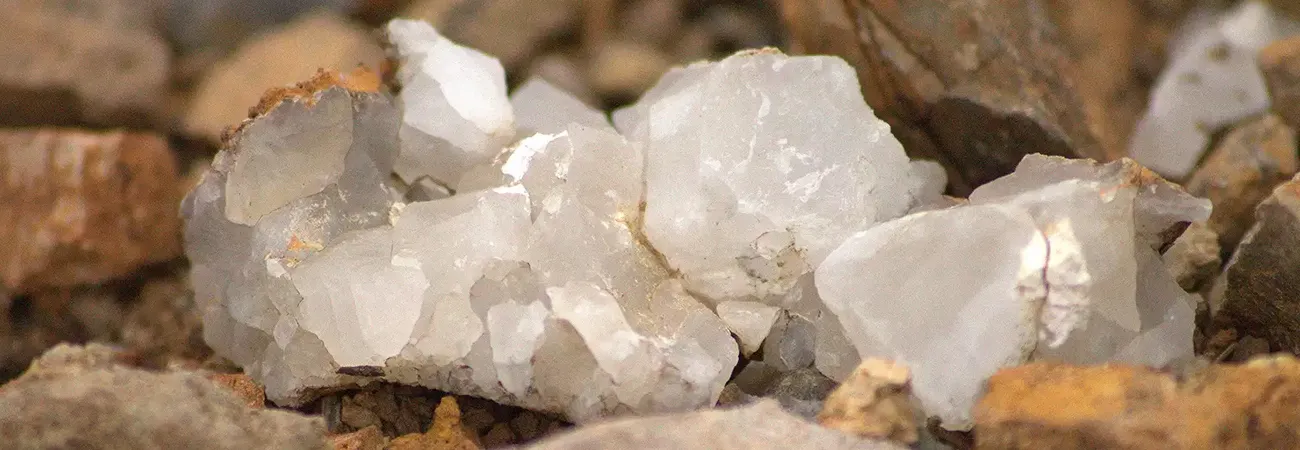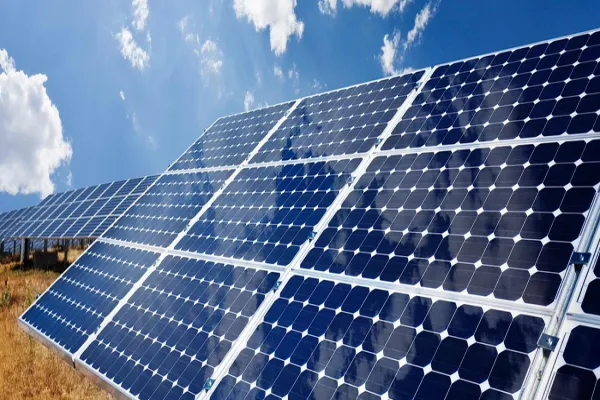i ECONOMY
Despite having sizeable silica quartz deposits, Pakistan is unable to earn good foreign exchange from its exports due to a lack of proper processing facilities. “Silica, having a viability of 99.9% (also called the 999 quality) is abundantly available in the country, but its mining, value addition and exports are far lesser than its potential. Smart policies aimed at its processing can add billions of dollars to the state wallets,” said Muhammad Yousaf, a mining engineer. He said Pakistan’s mining, processing, value addition and export of silica quartz was next to nil in 2022. After feldspar, silica quartz is the second largest abundantly found mineral on the earth’s crust having different varieties, including milky quartz, watery quartz, smoky quartz, pink quartz and crystalline quartz. “In Pakistan, each variety keeps silica content from 96 to 98%. It is found in Bajaur, Mohmand, Swat, Buner, Mansehra and Shangla districts of Khyber Pakhtunkhwa province and Dalbandin district of Balochistan,” he said.
Yousaf said silica quarts shows the level of hardness 7 at the Mohs scale of hardness and keeps a gravity of about 2.6 (which means that if one cubic meter of earth is mined at least 2.6 tonnes of silica quartz will be found). “It is basically a hard crystal composed of magma mostly consisting of silicone. Many other impurities or minerals that can be extracted from its crystals are iron, calcium oxide, magnesium oxide, potassium, zirconium, copper oxide, and even minor traces of silver and gold can be found. It is mostly traded in the form of powder.” Yousaf said the mining of silica quartz started in 4,000 BC. “Iron and glass were found around that period and silica quartz was used as the basic element in them. The oldest specimen of glass found in the world is from 2,600 BC in Babylonia, 1,500 BC old in Egypt, while in 1,500 BC the glass industry was well established. This means that silica quartz mining is as old as these industries.”
He said it has various industrial applications, such as making ceramics, glaze, glass, metal casting, watches, refractories, petroleum, atomic units and construction materials. It is also used to produce normal and high-quality glass silica sand, paint plastic, steel flux, blasting materials, sand-paper, and water filters. Crystalline quartz is also used to manufacture magnifying glasses and jewellery. Due to its versatile industrial uses, silica quartz is in high demand in both local and international markets. According to a report, global silica quartz consumption is 100 million tonnes per annum. Its price varies from $50 to $500 per tonne, while the average price of regular varieties falls between $150 to $250 per tonne.
The per annum world trade of silica quartz is around $8.16 billion, and is increasing at the rate of 6.4% annually. It is expected to reach $13.6 billion by 2026. Globally, high-quality and sizeable reserves of silica quartz are found in Brazil, Australia, Russia, China, South Africa and Pakistan. The mining countries of silica quartz are Brazil, Russia, India, Australia, Germany, Turkey, China, South Africa and Pakistan. The top 10 exporting countries are Australia, Brazil, India, Malaysia, China, the United States, Egypt, Saudi Arabia, Thailand and Pakistan. According to Yousaf, Pakistan only exports about 1-1.5 million tonnes annually.
Credit: Independent News Pakistan (INP)








